Eco Friendly Tea Bag Packaging: Brewing a Sustainable Future in Flexible Design
In an era where consumers sip consciously and brands steep in sustainability, eco friendly tea bag packaging has emerged as a catalyst for change in the $81 billion global tea industry. No longer confined to traditional envelopes or plastic-lined boxes, today’s innovations—like compostable materials and space-efficient tea stand up pouches—are redefining how tea is preserved, presented, and planet-approved.
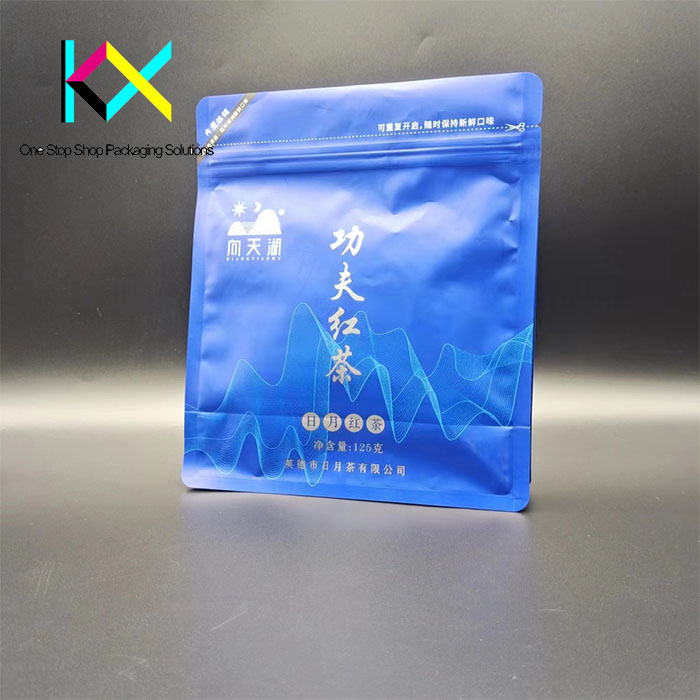
The Material Renaissance: From Plastic to Plant-Based
The shift toward eco friendly tea bag packaging began with a rejection of petroleum-based plastics. Leading brands now opt for plant-derived films like PLA (polylactic acid) and cellulose, which decompose in industrial composters within 90 days. UK-based Clipper Teas, for instance, transitioned to fully biodegradable tea bags and tea stand up pouches, slashing plastic use by 85%. Meanwhile, startups like Notpla are pioneering seaweed-coated pouches that dissolve harmlessly in home compost, offering a zero-waste alternative for loose-leaf enthusiasts.
Tea’s sensitivity to light and moisture posed initial challenges for eco-materials. However, advances in bio-based barrier coatings—such as chitosan (derived from shellfish waste) or algae extracts—now protect delicate flavors without synthetic layers. These breakthroughs are critical for tea stand up pouches, which require durability for upright retail displays while maintaining compostability.
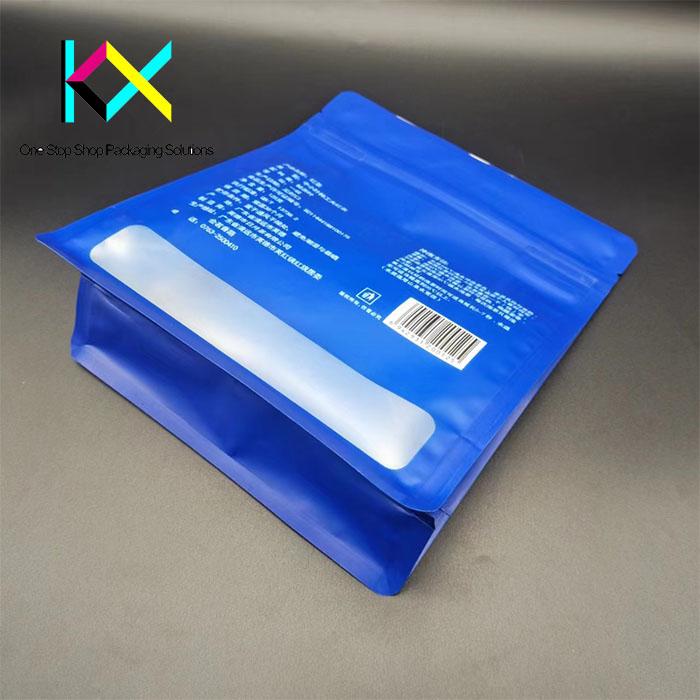
Stand-Up Design: Where Form Meets Freshness
The rise of tea stand up pouches reflects a broader trend toward functional aesthetics. Their flat-bottomed structure maximizes shelf impact, a boon for artisanal brands competing in crowded markets. Companies like Tea Forté and Harney & Sons use these pouches to showcase premium blends through transparent windows or gold-foil accents. Crucially, stand-up designs integrate nitrogen-flushing technology—borrowed from coffee packaging—to extend shelf life by up to 18 months, reducing food waste.
Resealable zippers, once a snack aisle staple, are now standard in eco friendly tea bag packaging. Brands like Yogi Tea pair these with minimalist, soy-inked designs to emphasize eco-credentials. For subscription services like Sipsby, tea stand up pouches with customizable compartments allow drinkers to mix blends effortlessly, marrying convenience with sustainability.
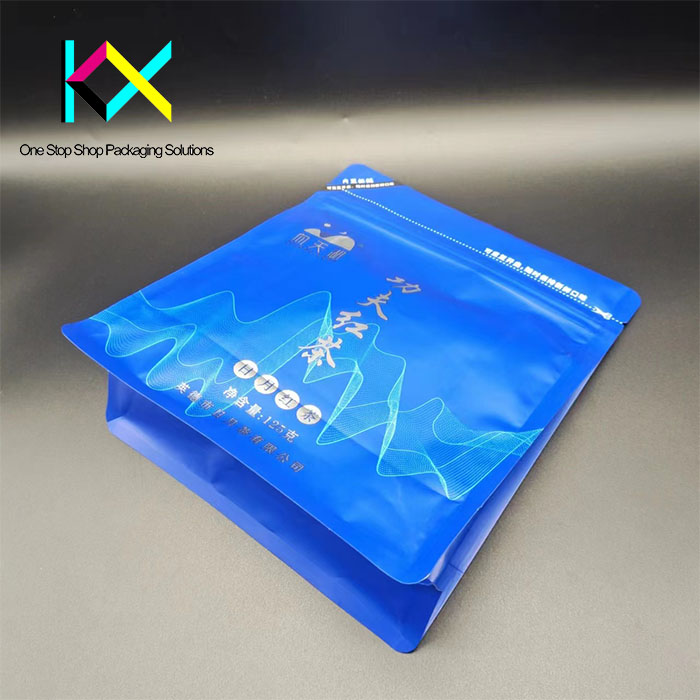
The Circularity Challenge: Recycling vs. Reality
Despite progress, only 14% of flexible packaging is recycled globally. Eco friendly tea bag packaging often falls into this gap due to mixed materials or food residue. Brands are tackling this through partnerships: Pukka Herbs collaborates with TerraCycle to recycle used pouches into playground equipment, while Twinings funds municipal composting programs in the UK.
Legislation is accelerating change. The EU’s Single-Use Plastics Directive and California’s SB 54 law push brands toward mono-material designs. In response, Bigelow Tea launched recyclable tea stand up pouches made from pure polyethylene, diverting 12 tons of waste annually.
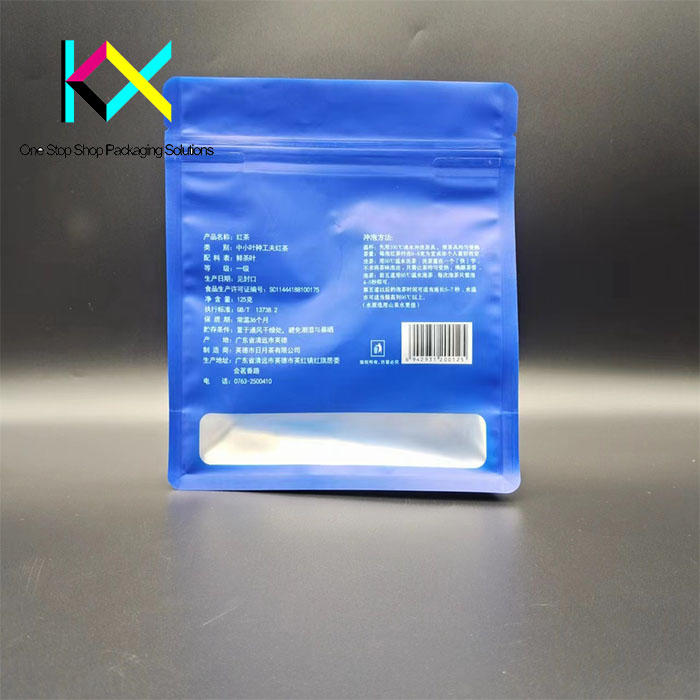
Smart Tech: Infusing Intelligence into Every Sip
The next frontier for eco friendly tea bag packaging is intelligence. Embedded NFC chips, first popularized in coffee, now enable tea drinkers to trace a pouch’s journey from Darjeeling estates to their cups. Temperature-sensitive inks, developed for pharmaceuticals, signal optimal brewing temps on Tazo’s tea stand up pouches, while QR codes link to steeping tutorials or carbon footprint reports.
Active packaging is another leap. Oxygen-absorbing sachets, hidden in Japanese brand Ippodo’s eco friendly tea bag packaging, extend freshness without preservatives. Meanwhile, edible films made from rice starch—tested in Twinings’ R&D labs—could dissolve during brewing, leaving no trace behind.
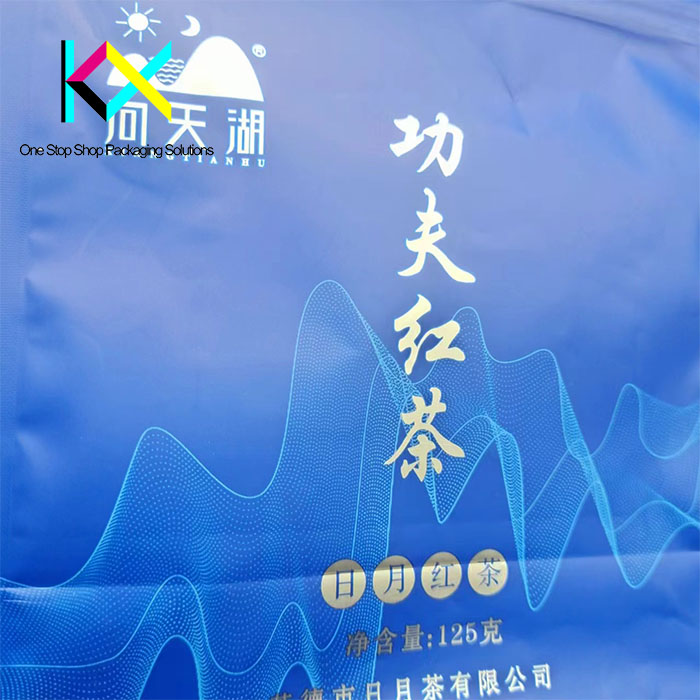
The Luxury Edge: Sustainability as a Status Symbol
High-end tea brands are proving that eco friendly tea bag packaging need not compromise luxury. Singapore’s TWG Tea encases compostable pouches in hand-painted tins, while Fortnum & Mason uses tea stand up pouches with magnetic closures and letterpress designs. For the $1.5 billion gift tea market, brands like JING Tea offer personalized pouches with embossed names, turning sustainability into a premium experience.
The Future: Seeds, Blockchains, and Beyond
Emerging innovations blur the line between packaging and product. Australian brand Tea Centre embeds chamomile seeds in pouch labels, transforming used eco friendly tea bag packaging into plantable keepsakes. Blockchain technology, adopted by French company Kusmi Tea, provides farm-to-pouch transparency, appealing to the 68% of consumers who prioritize ethical sourcing.
Conclusion: Steeping in Collective Responsibility
The evolution of eco friendly tea bag packaging underscores a universal truth: sustainability is a shared journey. From compostable films that return to earth to tea stand up pouches that marry form and function, the industry’s progress hinges on collaboration—between brands, lawmakers, and sippers alike.
As tea drinkers increasingly vote with their wallets, the message is clear: The future of tea isn’t just in the leaves. It’s in the eco friendly tea bag packaging that cradles them—a vessel of taste, ethics, and innovation. After all, in a world thirsty for change, every pouch brewed with purpose steeps us closer to a greener tomorrow.
You can visit our website to know more about our flexible packaging pouch:
